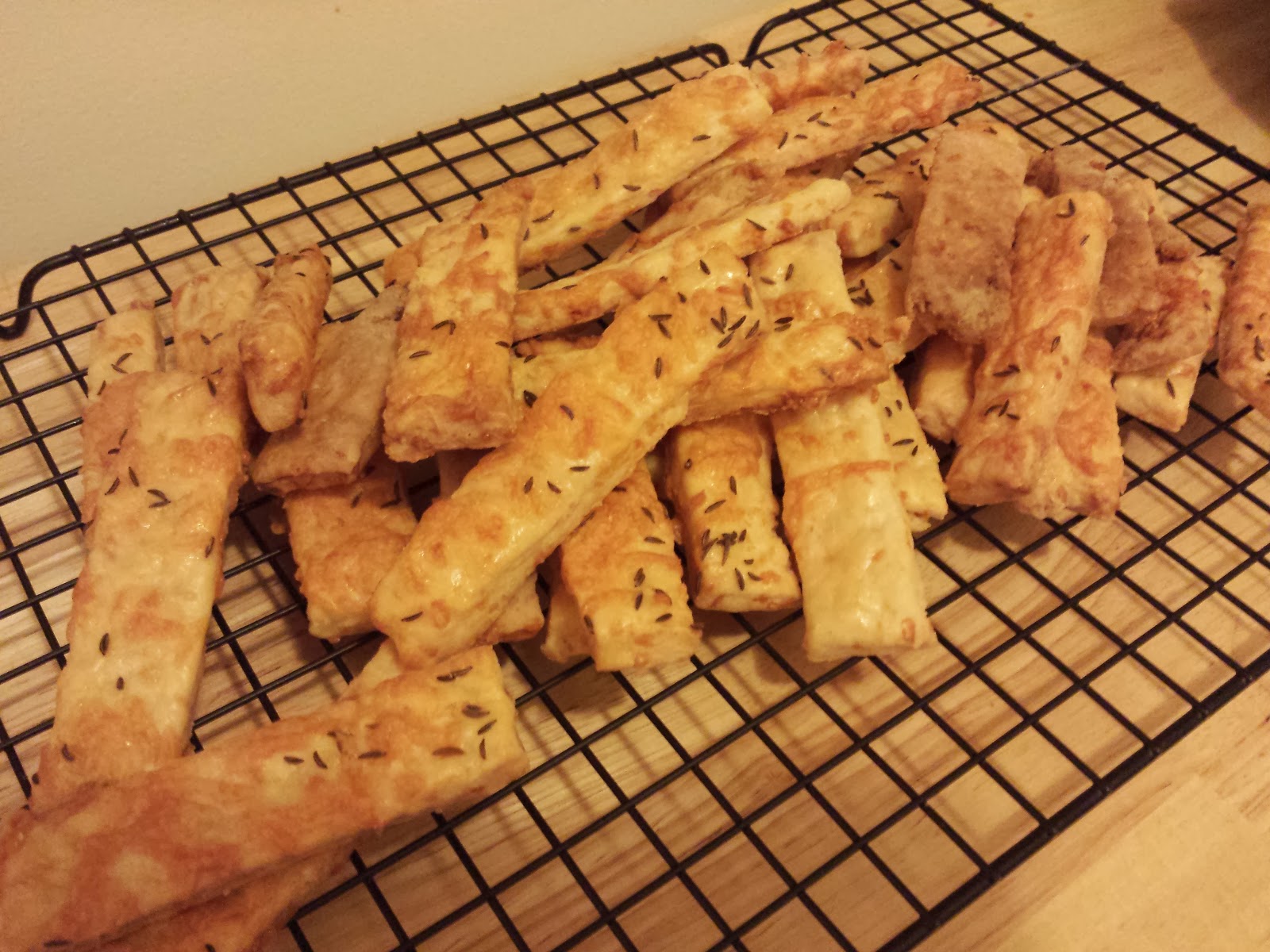Braised Scottish Highland Short Ribs
Autumn’s falling leaves and dropping temperatures always make me excited for braised dishes. Slowly simmering all day, filling your house with savory aromas, it’s wonderful to be greeted by such classic comfort-food after raking leaves. Of all the meats your can braise, I find short ribs to be the most user-friendly. This cut, as you can guess by the name, comes from trimming off the ends of the ribs. Short ribs come in tidy little squares or rectangles with a large cube of meat attached to a plank of bone.
What’s great about short ribs is that they’re easy to portion (one per person for a light lunch, two for dinner, or three if you’re feeling extravagant) and they reheat very easily. At home, it’s just my wife and I, so I’ll usually cook up a pot of eight or twelve ribs on a Sunday, then during the week we can quickly warm up a pair at a time for a nourishing and near-effortless dinner. Unlike a roast, there’s no carving, and don’t worry about the bone; it easily pops out after cooking, like pulling a stem from a grape.
To get started, season the short ribs generously with salt and pepper. Then sear in a hot, oven-safe pan using oil or lard until they become deeply mahogany colored. As the short ribs brown in the pan, chop up some onion, celery, and carrots. I usually do: 2 parts onion, 1 part celery, and 1 part carrots. When I cooked the short ribs here, I had six short ribs and used two medium cooking onions, two ribs of celery, and a large carrot. You don’t need a lot, just enough to add some extra flavor and sweetness into your braising liquid—feel free to scale up or down to taste. As you’re prepping the vegetables, flip the ribs around in the pan to brown all the sides.
Once the short ribs have browned, remove them from the heat and cook off the chopped vegetables in the pan with the short rib drippings. This will help to add another level of savory flavor to the dish. After the vegetables are browned and softened, pour in some beef stock and scrape up all the browned bits at the bottom of the pan. While I love using my homemade stock, these short ribs also work particularly well when using boxed stock. Notice how the ribs are cut across the bone to expose the interior? That helps pull out the flavor from the bones during cooking, just as if you were making a mini batch of stock.
Nestle the short ribs back into the pan with the cooked vegetables and top them up with stock so they’re just covered. I like to add some fresh thyme and bay leaves, but rosemary, dried mushrooms reconstituted in water, or dried chilies would all be great variations.
So that’s it for the heavy-lifting required for this recipe. Cover the pan and pop into a 325°F oven for 5-6 hours and you’re done. Conventionally farmed short ribs only take 3-4 hours, but these Scottish Highland cows have been building up their muscles, hiking up and down the pasture. That makes their meat more flavorful, but it also means they’ll take longer to become tender. Normally, I’ll start these in the morning and let them spend the day in the oven, turning it down to 300°F after about an hour in the oven and 275°F another two hours after that, just hot enough to keep the meat at a gentle simmer. The meat will be more than happy to luxuriate in its braising liquids for a bit longer, because short ribs have a good deal of intramuscular fat and collagen. So if you have the time, a slow, 8-10 hour braise would really allow the fat to render out, the collagen breaks down into gelatin, and just make a meltingly tender dish. As you might imagine, this is a fantastic use for a crock pot, if you have one.
.JPG) |
| Braised Scottish Highland Short Ribs |
Finally, like all braised dishes, these short ribs only get better the next day.
.JPG)
.JPG)
.JPG)

Comments
Post a Comment